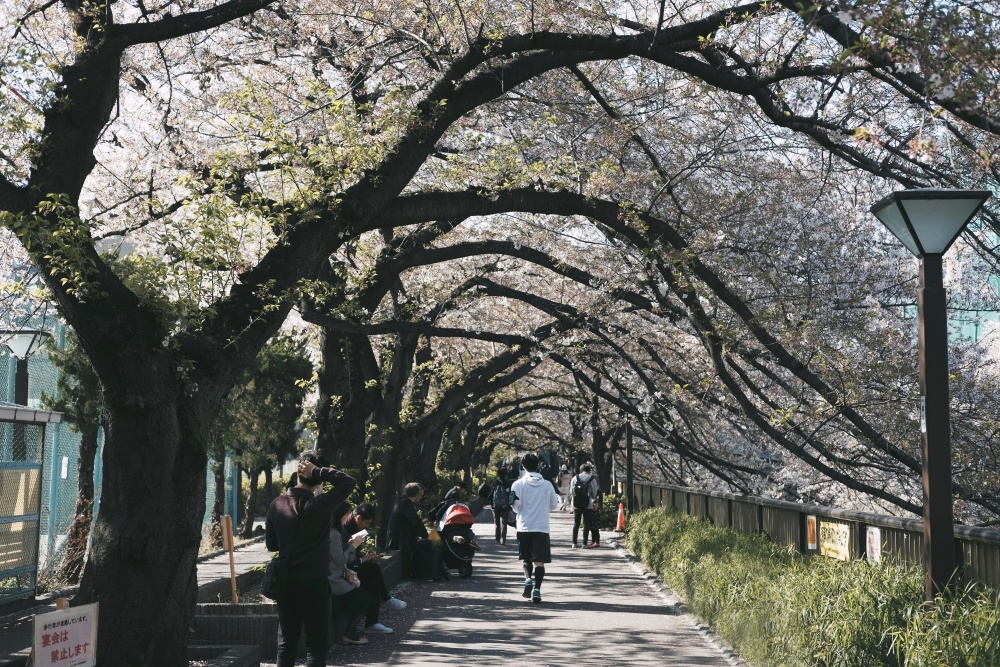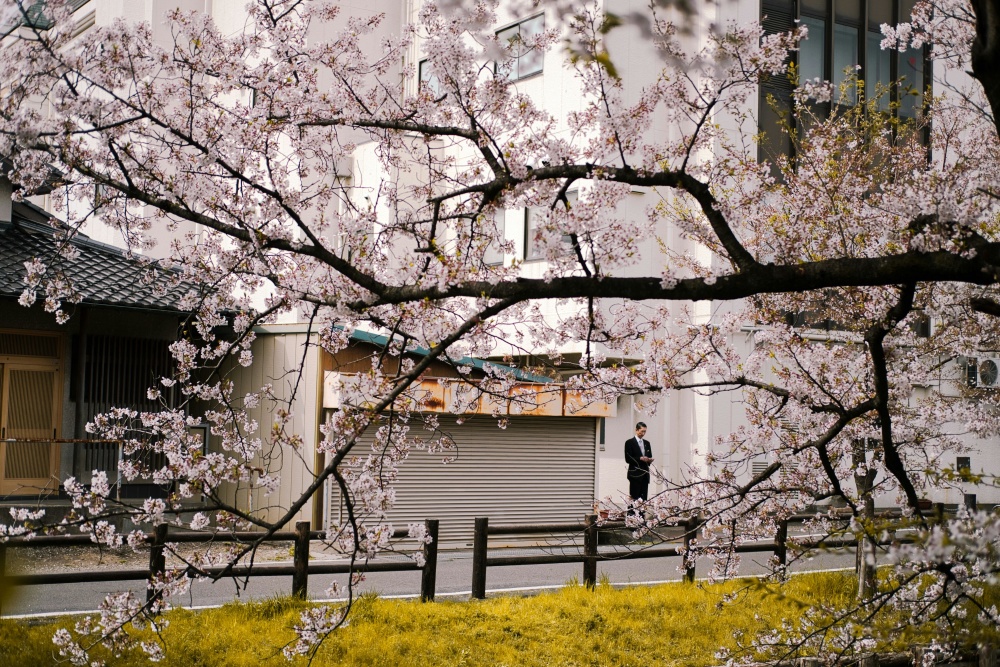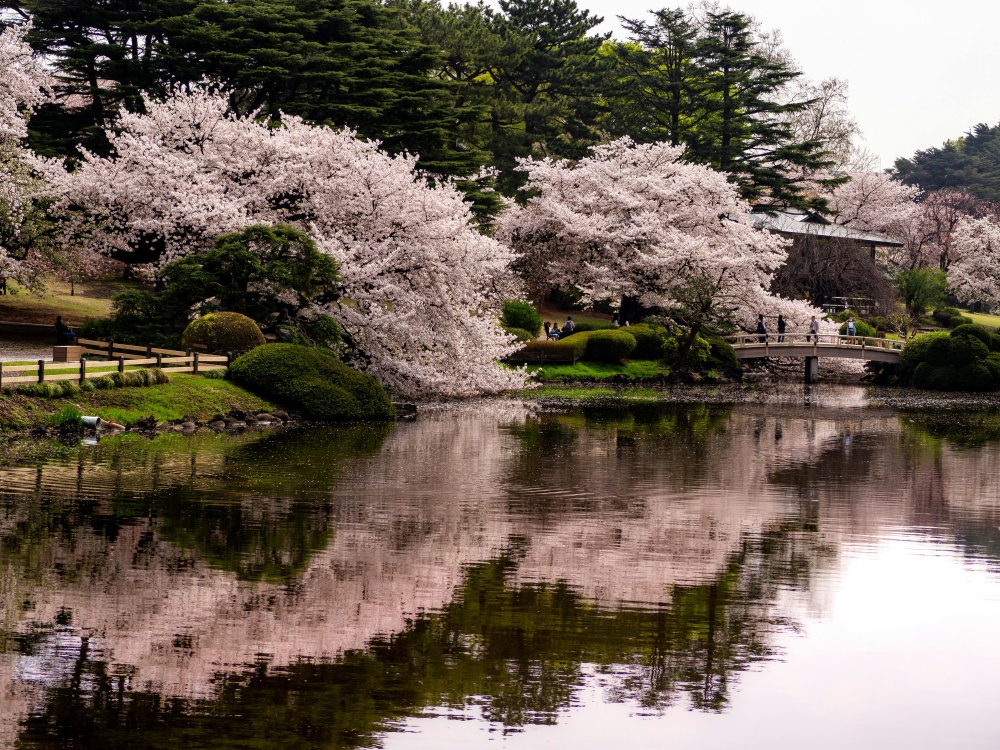Updated March 12, 2024
Tokyo's Top Suburbs: Where to Live if You Have a Family
Tokyo is a bustling city that never sleeps. It’s one of the most unique places you’ll ever visit, which explains why many people want to live here.
That said, living in the central neighborhoods of Tokyo like Daikanyama, Omotesando, Azabu or Hiroo isn’t feasible for most families.
The combination of high demand, small apartment spaces, and high rental prices for larger (3 and 4-bedroom) homes (see my post on apartment hunting in Japan), can make finding an affordable home impossible.
There’s also the fact that many central areas can be crowded — even chaotic — which is an issue especially if you want to raise a family. Adding the stress and costs of moving to the mix, picking a calmer, less central area with affordable rent from the get-go can be the wise move.
In this post, we’ll explore some of the best neighborhoods in Tokyo for families, as well as some top Tokyo suburbs for families, so you can make an informed decision.
So, if you’re wondering where to live as a foreigner in Tokyo with kids without venturing too far from the city center, let’s start with some urban areas that have that downtown feel.
In this article: 📝
Affordable Expat Neighborhoods in Tokyo: For Those Who Can’t Leave The City
Don’t let the intro scare you: affordable rent isn’t just reserved for remote, suburban areas. There are still some affordable neighborhoods that have the classic Japanese downtown vibe.
These areas aren’t as expensive as, say, Roppongi, but they still offer lots of convenient shops and stores all around, and many things you may need will be within reach.
Here are some of the best Tokyo neighborhoods for expat families that offer a more local experience.
Gakugei Daigaku
This neighborhood recently started gaining popularity, and it’s an old college town that’s only a few minutes from the Shibuya station.
What’s really appealing about this neighborhood is its proximity to both the more high-class suburbs of Tokyo and the heart of the city.
With its many cafés and vintage stores, Gakukei Daigaku is for anyone who doesn’t want to stray too far away from the expat life while still having a local experience that’s true to Tokyo.
Toritsu Daigaku
Nearby Gakugei Daigaku is another old college town situated right on the Tōkyū Tōyoko Line, called Toritsu Daigaku.
The vibe is similar here, and notably, you’ll find parks like Fusuma-Cho Park, the popular event space Meguro Persimmon Hall, and many family restaurants and old cafés.
The Toritsu Daigaku train station is a few stops away from Shibuya, so public transportation is not an issue.
Sangenjaya
Another neighborhood near Shibuya, Sangenjaya can easily fool you into believing that you’re much further away from the chaos of central Tokyo than you actually are.
Located in the Sategaya Ward of Tokyo, the neighborhood is packed with old, stylish wooden structures. It feels like you’re in a different time period, except when you’re within the sights of the Carrot Tower that rises above the Sangenjaya station, where you’ll find a nice viewing terrace.
There are also many great international schools in the area, like the British School and St. Mary’s International School. Add to that the many parks and playgrounds in the area, Sangenjaya is one of the best suburbs for raising a family.

Hatagaya
Located on the Keiyo train line, Hatagaya is another great option for affordable living in Tokyo. Once again, you’re close to Shibuya and Shinjuku stations, however, the area isn’t as chaotic, making it ideal for those looking for a compromise between bustling city life and peaceful living.
In the area, you have the beautiful Yoyogi Park, which is especially magical during the cherry blossom season, as well as lots of shops and cafés. In addition, artisanal sweet and savory treats and artisanal beer shops are also common in the area, giving it that hipster feel.
Yanesen (Yanaka, Nezu, and Sendagi)
Yanesen is an area that covers multiple neighborhoods, namely Yanaka, Nezu, and Sendagi. This area is part of Tokyo’s old downtown, hence its old-timey feel. This preserved part of town is like a time capsule with old cafés and second-hand stores.
The whole area has a bohemian vibe, especially in Yanaka, which is arguably the best neighborhood out of the three in Yanesen. Adding to its charm is the unique contemporary art gallery SCAI Bathhouse, which explains why the area is especially popular among writers and artists.
In the town's narrow streets, you’ll also find many small boutique shops selling handmade crafts and sweets. Plus, you also have the shopping street Yanaka Ginza in the area, where you can shop for clothes, fresh produce, and groceries all in one place.
Koenji
Located in the Suginami Ward on the Chou Line, Koenji is a neighborhood you probably haven’t visited. This is because, unlike most artsy neighborhoods, this one hasn’t gone through much gentrification and is preserved the way it is.
This is an alternative option with a bold underground/punk feel, and it may not exactly be suitable for all families. That said, the area is also known for its live music, vibrant Awa Odori festival, and nostalgic streets with old shops, showing a softer, more welcoming side to Koenji.
The neighborhood is home to many shrines/temples, as well as sento, which are traditional public bathhouses. Mabashi Park is another highlight for those with kids, as it’s a popular destination with multiple playgrounds.
Shimo Kitazawa
Another neighborhood with bohemian vibes is Shimokitazawa, or Shimokita for short. This is another district that’s fairly close to Sihubuya, and you’ll find many bookstores and vintage shops here.
It’s a relatively calm area that takes its time to get crowded, as the mornings are usually quiet here. However, with cafés on nearly every corner, the streets come alive in the afternoon, while the bars and bistros in the backstreets offer entertainment in the evenings.
In contrast to Shimokitazawa’s original, vintage look, you’ll also have the Mikan Shimokita, a modern complex with shops, bookstores, and restaurants. That said, this is an urban area with not many parks around, which might be a downside for those with children.

Residential Areas With Expat Facilities in Tokyo: Large Homes, A Western Atmosphere
Now that we’ve covered the downtown adjacent areas, let’s wander off a little and check out the areas that can be described as suburbs adjacent.
Unlike the more urban neighborhoods we’ve covered so far, living in these areas can give you a larger living space for a more affordable price.
You’ll also find that these neighborhoods are much more organized and less chaotic (which is great for raising children) and offer a Western atmosphere without the compromise of straying too far away from downtown Tokyo.
Jiyugaoka
This trendy, European-inspired neighborhood is located in the Meguro Ward. It’s arguably one of Tokyo's most popular residential areas other than the downtown, with many cafés and restaurants.
The area has a sophisticated vibe with cute little bakeries and stylish cafés at every corner. Plus, if you stray further away from the Jiyugaoka station, you’ll find large, detached houses as well. So, apartments and mansions aren’t the only accommodation options here.
Another reason Jiyugaoka is so trendy is its proximity to Shibuya, as it’s on the Tokyu Toyoko Line.
Denenchofu
In the Ota Ward, you’ll find the lush green suburb of your dreams. This place is all about houses with beautiful gardens, and the overall planning and structure of the area takes after the Western neoclassic style.
This is an attractive place not just for foreign residents but also for anyone looking for some peace and quiet. On the more high-class side of the area, you’ll also find large houses owned by celebrities, politicians, and wealthy people who like to maintain a private life.
This is a great place to raise a family as you’ll have more space than the city center while also having access to a children’s plaza, the Tokyu Square Garden Sight Mall, and multiple parks.
Seijogakuen Mae
Named after the Seijo University in the area, Seijogaukan Mae is located in Setagaya Ward on the Odakyu Odawara Line.
Don’t let the laid-back atmosphere fool you, as you’re only a twenty-minute train ride away from Shibuya, making it perfect for families that want to settle down for the long term.
Not only do you have great supermarkets for affordable shopping, but you also have affordable housing and even a hospital in the area. Plus, despite being a residential area, you’ll find a surprising amount of nice cafés and restaurants here.
Kichijoji
This neighborhood is a bit on the pricier side, but the access to the beautiful Inokashira Park, its proximity to the downtown, and the multiple stylish shops and cafés around make it all worth it.
While it may not be the best place for some families due to the high costs, it’s not unsuitable for kids by any means. There’s a park and zoo in the area, and lots of opportunities to take scenic walks, but keep it mind that a large apartment in the area can be costly.
Futako Tamagawa
Another neighborhood in the Setagaya Ward, Futako Tamagawa is one of the most popular residential areas in Tokyo. The place has especially gained popularity due to the recently built commercial residential complexes, but you’ll also find both luxury apartments and detached homes here.
The area is near the Tama River and the Tamagawa Fireworks Festival that’s held alongside the riverbank. The proximity to the riverside makes this a great place for families, as there are many playgrounds around.
Futako Tamagawa is especially popular among foreign residents as many professionals who work at Rakuten Headquarters (also located here) live here. In fact, Rakuten is currently recruiting for engineering positions that don’t require Japanese language skills, so check it out to see the many perks they offer.
Musashi Koyama
Located on the Tokyu Meguro line, Musashi Koyama is another central residential area with a vibrant day and nightlife.
The area houses Japan’s largest indoor shopping arcade and has lots of izakayas where you can have a drink with friends in the evenings. Don’t let this fool you, though, as this is still a suburb that offers a perfect balance of calm and lively. Families can live with great ease, especially considering the affordable rent prices.
Musashi Koyama is very central and is only 10-15 minutes away from Tokyo’s downtown by train.
Musashi Kosugi
Known for its easy access to central Tokyo, the Musashi Kosugi station is located in the Nakahara Ward in Kawasaki. This area is especially popular among those who commute to central Tokyo and is even known as the “bedroom community” for this reason.
The area, while not exactly central, offers a calm and peaceful residential neighborhood. It’s good for those who want to raise a family due to its affordability and the easy access it offers to downtown Tokyo.
Alternative: Tokyo’s Little India Neighborhoods
You may not expect it, but there’s also a set of neighborhoods that are collectively called the Little India of Tokyo, and these are Kasai, Nishi-Kasai, and Ojima. In general, the average rent is very affordable here, and you also have very good international schools in the area.
Kasai
The friendly neighborhood of Kasai offers many convenience stores and shops for all your needs, a few gyms, and even a shopping mall.
Perhaps the best part about the area is its famous Kasai Rinkai Park, and there are several other large parks with plenty of playgrounds for the little ones.
Nishi-Kasai
This neighborhood is located near the Arakawa River, and is another Indian-centric neighborhood. As expected, you’ll find lots of supermarkets and shops, as well as gyms and nice restaurants.
If you’re looking for night-time entertainment, you can even go to an izakaya in the area.
Like Kasai, Nishi-Kasai also boasts a lot of large parks and is suitable for parents with kids due to the many playgrounds available throughout the area.
Best Tokyo Suburbs For Families: Become One With Nature

If you’re willing to stray further away from Tokyo and go “full suburb,” you’ll be glad to know that there are lots of cute small towns scattered around West Tokyo. This is a great option if you want to raise a family while staying in touch with nature and greenery.
For those who don’t want to be totally isolated, you have larger towns like Machida or Tachikawa. These are great if you like going out occasionally as you’ll find decent entertainment despite both being very green cities. In fact, Tachikawa just might have the perfect balance, offering the convenience of an IKEA store and a giant park like Showa Kinen Koen.
However, these options may not cut it for those looking for the more pristine side of nature.
If you want to feel a little bit more secluded and have a car (see my post on how to get a driver’s license in Japan), why not consider moving way out of town, to Ome or Akiruno, for instance? These areas undoubtedly offer the best “out in the wilds” experience.
Of course, some of us like the convenience of being closer to a city. For this, Fussa can be a great option as there’s an American Military Base here, and it can feel more accommodating to foreign residents.
Lastly, the vicinities of Mitaka, Koganei, or Chofu, which offer easier access to downtown Tokyo, are also good options for commuters and offer affordable rent prices.
Tokyo, But Not Quite: Why Not Move To Yokohama?
Even though this post is mostly centered around Tokyo, one alternative can be described as Tokyo adjacent, and it’s the beautiful port city of Yokohama.
Yokohama is the capital city of the Kanagawa Prefecture and is only 42 km (27 miles) away from Tokyo. The city is located in Tokyo Bay, and it offers a much more laid-back lifestyle than Tokyo’s central areas despite being a big city with lots of convenience.
Yokohama also has great international schools, making it a nice place for raising a family. While it’s very close to Tokyo, its central location also allows you to reach the rest of Japan with great ease, be it via plane or train.
As you can see, Yokohama can be a nice alternative to Tokyo for raising a family, as it’s much less chaotic.
It’s especially great for those who enjoy winter sports in Japan. It’s also worth noting that Yokohama has the only slope in the metropolitan area where you can ski and snowboard all year round, located at SNOVA Shin-Yokohama snow park, making it an ideal choice for those passionate about winter sports.
Closing Thoughts
In this post, I presented you with a variety of safe neighborhoods in Tokyo for kids and raising a family.
If you’re not interested in city living and want to have as much space as possible, this can mean moving to commercial neighborhoods like West Tokyo, where you can be one with nature and live in a big house.
Our personal choice lies somewhere on the Tōkyū Tōyoko Line, where neighborhoods like Gakugei Daigaku, Jyugaoka, or Toritsu Daigaku are located. Living close to a station on this line means you’ll always have easy access to Shibuya, Shinjuku, Yokohama, Ebisu, and you’ll also have lots of parks and public schools in the area.
While this is all I have on the best neighborhoods in Tokyo for families, if you’re new to Japan, you might want to check out my post on key money, as well as the top house cleaning services and how much it costs to move in Japan, which are all great guides to get you started.
Get Job Alerts
Sign up for our newsletter to get hand-picked tech jobs in Japan – straight to your inbox.





